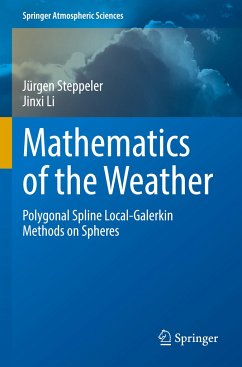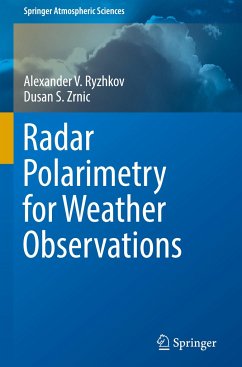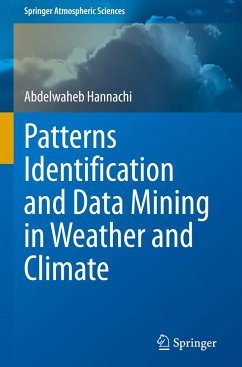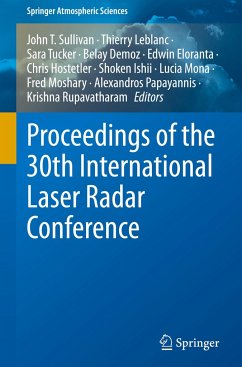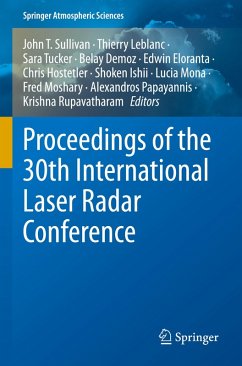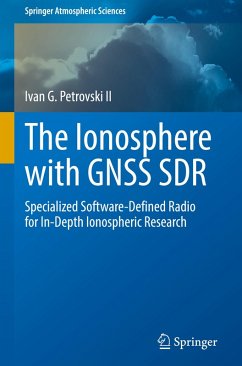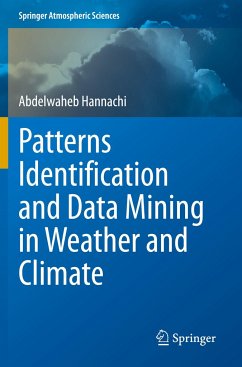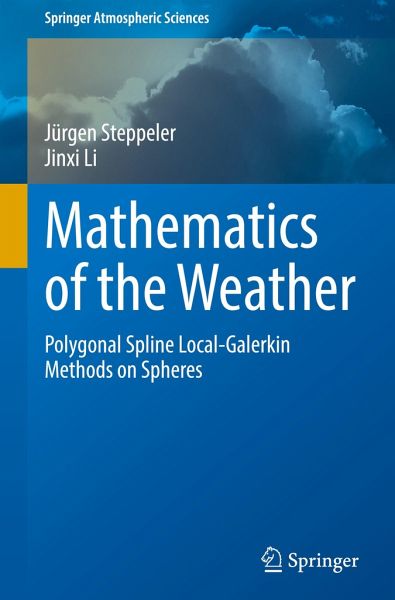
Mathematics of the Weather
Polygonal Spline Local-Galerkin Methods on Spheres
Versandkostenfrei!
Versandfertig in 6-10 Tagen
83,99 €
inkl. MwSt.
Weitere Ausgaben:

PAYBACK Punkte
42 °P sammeln!
"Mathematics of the Weather" details the mathematical techniques used to create numerical models of the atmosphere. It explains methods which are currently considered for practical use in models for the exaflop computers (10__19 operations per seconds). This book is a guide to developing and modifying the mathematical methods used in such models. This includes Implementations in spherical geometry. The books also concentrates on elements of Numerical Weather Predication (NWP) and Computational Fluid Dynamics (CFD).



